Plank walk out is an intense all-over body exercise that builds your core strength, increases mobility and stability. It is walking your hands out of standing to a plank and vice versa, but in addition to it, it uses your abdominals and engages your shoulders, arms and legs. It is a movement that can be adjusted to the beginners and advanced athletes, such as deepening the awareness and scope, like enhanced flexibility, mobile calorie-burning, and core strengthening. Plank walk out can also be included in your routine and aid you in fat loss, improving your posture and general functionality. If you are concerned about the reverse plank, you can visit our article.
- What Is a Plank Walk Out?
- How to Do a Plank Walk Out (Step by Step)
- Muscles Worked in Plank Walk Out
- Benefits of Plank Walk Out
- Common Mistakes to Avoid
- Variations of Plank Walk Out
- Who Should Do It?
- Related Core and Stretching Exercises
- How Often Should You Do Plank Walk Outs?
- Final Thoughts
- Frequently Asked Questions
What Is a Plank Walk Out?
Plank walk out is an active bodyweight exercise that is a combination of power, agility and stamina. Rather than getting into a plank motionless, you begin with the position of standing and then walk your hands forward into a high plank, take a moment and return to a standing position. This movement resembles the inchworm stretch, except with the point of showing strength and control, and not necessarily movement only.
Additionally, moving to the plank walk outs, a layer more of motion is introduced on the bottom, meaning your stabilisation and coordination, not just simply the ability to hold your position, like the simple planks would. This is an added benefit of the exercise since you are lying in and out of the plank, more muscles are trained, and your heart rate has increased, and so it benefits as a beneficial strength and conditioning workout.
According to many trainers, plank walk out should be included in a functional fitness routine since the movement resembles an activity in the real-world setting: bending down, balancing your body, and standing up. It is, in that sense, a strength builder, as well as a mobility drill.
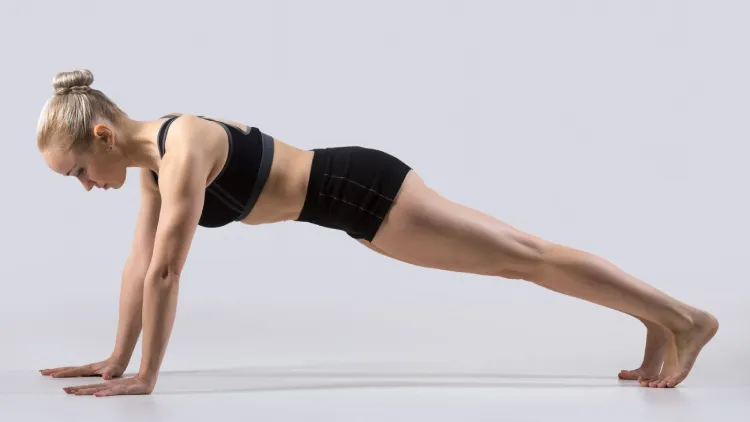
How to Do a Plank Walk Out (Step by Step)
Doing a plank walkout properly will ensure maximum results and avoid injury.
- Begin straight with a hip-to-shoulder thin stand.
- Bring the hips forward into a hinge and place your hands on the floor by gradually lifting the body forward by bending the hips.
- When your hands are in high plank pose (where your wrists should be lower than your shoulders, and a straight line of your body should be taken correctly, with your head, heels, etc).
- This will take 1-5 seconds, hold the plank using your abs, as well as your glutes and legs.
- Make your hands glide slowly back to your feet in control, bending at the hips and standing again.
- Repeat for 8–12 reps.
Form Tips
- Still hold the abs and do not slump on the lower back.
- Take time and groove to make maximum use of the muscle.
- Take a regular breath out–breath in as you lean down, breath out as you stand back.
- Novices can exercise by leaning on their knees to some degree when bending.
In beginner terms, the plank walk-out may be made shorter–simply walk halfway out and bring it back. Gradually, as you develop core and hamstring strength, you will be able to reach a full plank.
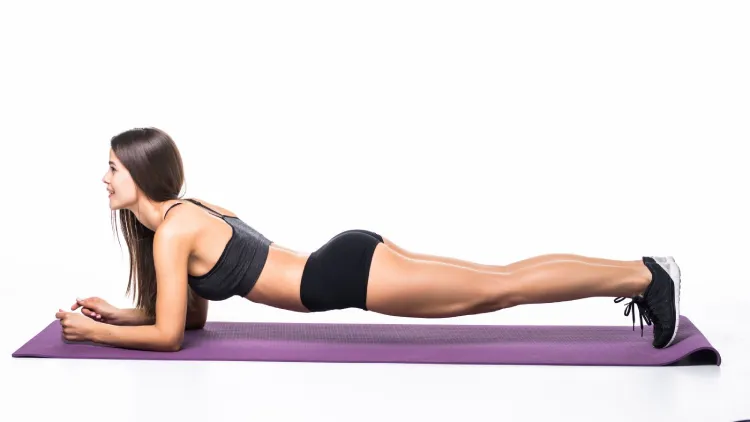
Muscles Worked in Plank Walk Out
A benefit of the plank walk out is that it engages several muscle groups simultaneously.
- Core muscles: rectus abdominis, obliques and transverse abdominis.
- Shoulders: anterior and medial deltoids.
- Pectorals help grade the chest.
- Arms: triceps, along with forearms, promote the movement of the hands.
- Legs: During hip hinge, the hamstrings and the quadriceps are stabilised.
- Glutes: brought into action to keep the hips in a bio.
Plank walk out engages muscles to a wider variety of muscles compared to traditional planks due to the motion. They are also similar to plank crawls, another dynamic plank variation that works on the same parts, although, in plank walkouts, less crawling and more standing-to-plank interaction is required.
Benefits of Plank Walk Out
Plank walk-out has a large number of other benefits, more than core training.
- Core strength and stability – Strengthening deep abdominal muscles that can help improve posture, make injury unlikely.
- Mobility and Flexibility –Enhances deuplasmic hamstringulness and shoulder mobility.
- Full-body activation – utilises arms, legs, and glutes and is therefore more efficient than a traditional plank.
- Better short-term memory and coordination strength- Students will learn to stabilise the body during activities.
- Cardio and calorie burning– Since it is dynamic, it increases heart rate and burns more calories as compared to static holds.
- Fat loss support- No particular exercise burns belly fat; nevertheless, the plank walk out will help in burning calories overall, which promotes fat loss in combination with a proper diet.
- Versatility – This can be utilised in a warm-up, workout finisher or used as a core exercise by itself.
The plank walkout is not the best calorie-dense exercise physical exercise next to high-density exercises such as burpees or sprinting; they are better than high-calorie-dense exercises such as a plank or walking on its own. They are also useful in functional fat burning as they instantly make use of several large muscles.

Common Mistakes to Avoid
Even the easiest exercises can become ineffective in case they are performed incorrectly. Watch out for these errors:
- Hips dropping/lifting- In the plank style, keep straight up.
- Excessively fast-moving –Fast paces cause the loss of muscle tension and predisposition to injury.
- Overstretching arms –Stop as soon as your shoulders and wrists are at right angles.
- Breath holding – Breath-holding keeps your core in place.
Variations of Plank Walk Out
Vary them in the following ways to make it have some interest:
- Push-Up Plank Walk Out – Incorporate a Push-Up at the plank level to do additional chest and tricep work.
- Shoulder Tap Plank Walk Out – Tap Tap each shoulder and then walk back to enhance stability.
- Weighted Plank Walk Out –Add light dumbbells in place of resistance.
- Half Plank Walk Out –A really good innovator’s Choice that lacked flexibility.
- World’s greatest stretch- This is not strictly a walkout, but mobility options can, and frequently do, follow plank walkouts as part of warm-ups to provide wholeness of body movement.
Who Should Do It?
Plank walkouts are newcomer-friendly, yet also beneficial to advanced trainees. Novice levels allow decreasing the walk-out length, and high fitness athlete levels allow opting to include push-ups, shoulder taps, or resistance to challenge oneself.
They are ideal for:
- Warm-ups –Prepare muscular work for heavy lifting or running.
- Essential common training sessions –Trains strength and stamina.
- Workouts at home- no equipment required.
- Mobility practice –Loose hamstring, hips and shoulders.
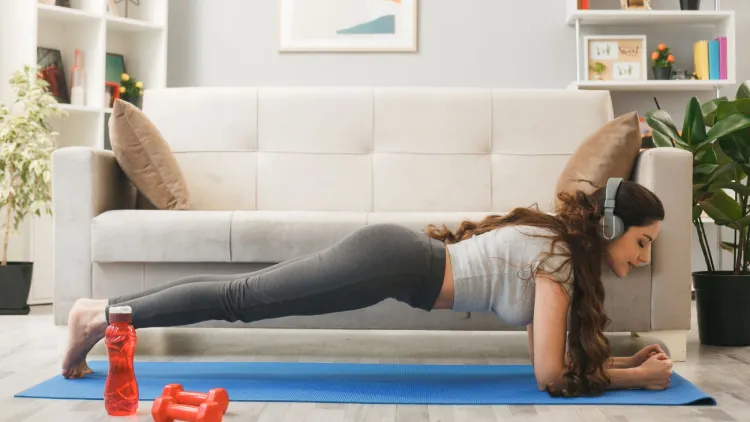
Related Core and Stretching Exercises
To supplement plank walkouts, check these:
- Dead bugs – This exercise consists of a basic movement as you lie on your back, moving opposite arms and legs.
- V-ups – This is a tough ab workout during which you raise legs and arms at the same rate to intersect.
- Donkey kicks – A Glute activation exercise that happens on both sides.
- Cat-cow stretch- A yoga posture that imparts flexibility in the spine.
- Butterfly stretch – Opens hips: this requires the soles of the feet to meet one another when seated.
These exercises, such as plank walk outs, make up a balanced routine in terms of core strength, mobility and flexibility.
How Often Should You Do Plank Walk Outs?
I recommend 2-4 times per week, and this depends on the scheduling of your training. They may be incorporated into a plank exercise routine, circuits or in warm-ups.
Most individuals can safely regularly plank as long as it is done well and without overtraining. Regular training can enable visible abs, enhanced posture and endurance, over time. An individual reacts differently, but most individuals report an increase in core strength after a period of 3 to 4 weeks.
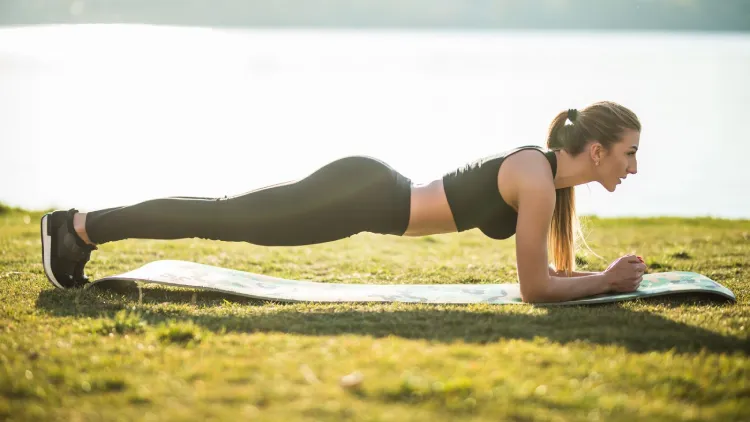
Final Thoughts
Plank walk-out is not a variation of the plank, but a versatile workout that is a full-body exercise that builds your core, enhances maximum flexibility, and burns calories. It is not firmly placed like in the case of static planks, and it introduces some motion and dynamic stability, therefore fitting functional training.
Plank walkouts should be included in your workout routine, whether you are a beginner trying to establish a base or a highly experienced athlete seeking a core exercise that would challenge you. Combine them with V-ups, donkey kicks, and mobility stretches for a well-balanced workout.
When performed in the right form, consistency, and progression, plank walkouts will make you have solid abs, a better posture, and increased endurance. They are not merely a move in the right direction- a weight loss direction- but a step in the right direction!
Frequently Asked Questions
1. Do belly fat burners real eat plank walk outs?
Plank walkouts are not meant to combat belly fat directly, but are beneficial because they burn calories and allow you to have a firmer core. Combined with clean dieting and consistent cardio, they assist in overall fat loss that would decrease belly fat in the long term.
2. On what regularity should I practice plank walkouts?
To build strength and endurance, plank walkouts2-4 times every week are sufficient for most people. They may be part of warming up, circuits or core routines. A healthy day-to-day routine is safe under the condition of proper exercise form and balanced rest.
3. Are plank walkouts beginner-friendly?
Plank walkouts are beginner-friendly, yes. In case there is a restriction in flexibility or core strength, take a shorter stroll and step by step increase the plank strain to its full extent. When you become more advanced, you may make the same variation, such as using push-ups or tapping your shoulders.
4. Where do muscles do plank walkouts?
Plank walkouts are a total-body workout primarily targeting core muscles (rectus abdominis, oblique, transverse abdominis), shoulders, chest, triceps, hamstrings, quadriceps and butt. Balance, stability and mobility are also enhanced in the dynamic movement.

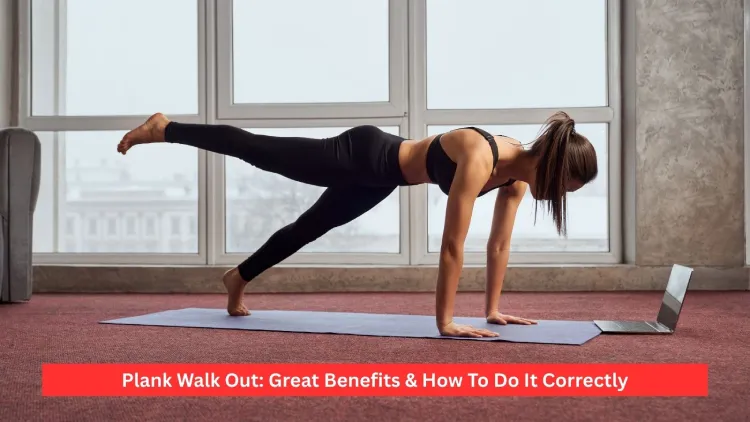

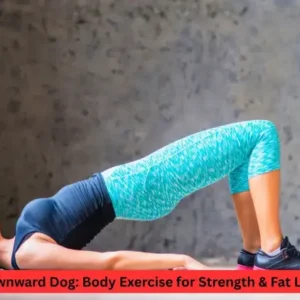
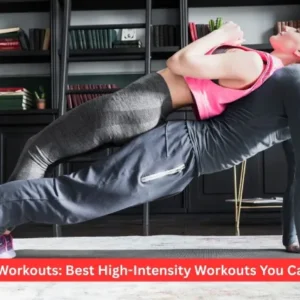



2 thoughts on “Plank Walk Out: Great Benefits & How To Do It Correctly”
I am incessantly thought about this, thanks for putting up.
Glad you found it interesting! Thanks for taking the time to read and comment.